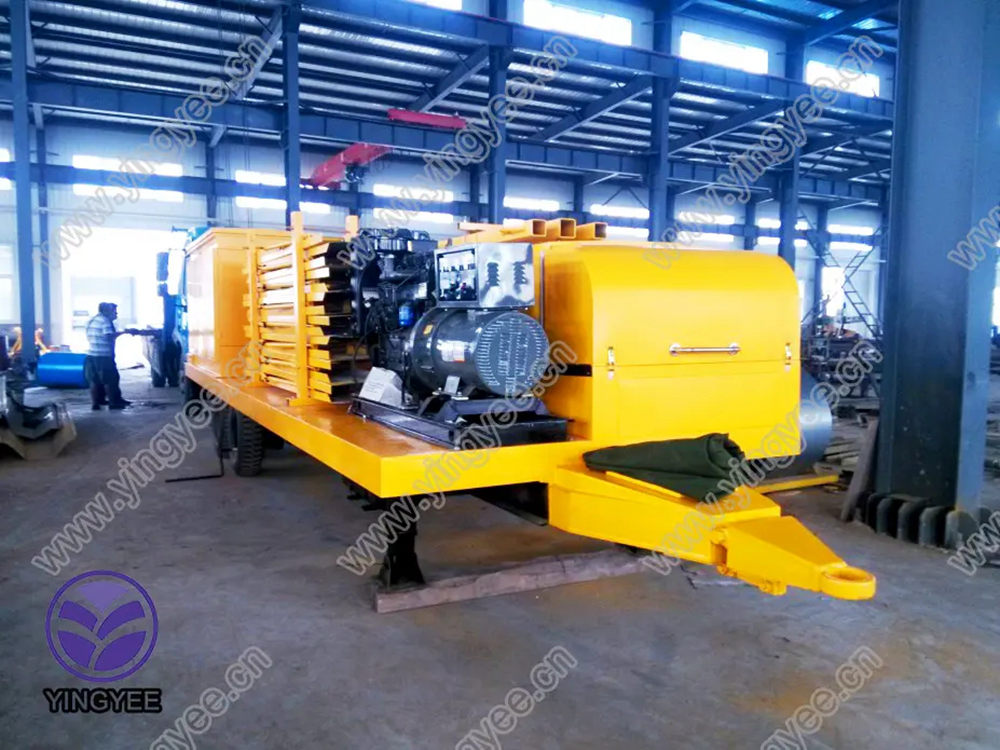
Automatic Adjustment of C Z-Purlin Sizes in Roll Forming Machines
In the realm of modern construction and structural engineering, the demand for versatile and efficient materials has led to the widespread use of purlins. C and Z purlins, in particular, are critical components used in the construction of steel structures, providing vital support for roofs and walls. With the evolving technology in manufacturing processes, roll forming machines have become integral to the production of these essential structural components. Among the innovations, the automatic adjustment of C and Z-purlin sizes in roll forming machines represents a significant leap forward, enhancing efficiency and precision in manufacturing.
Roll forming machines utilize a continuous bending process to shape metal into desired profiles. These machines are generally preferred for their ability to produce long lengths of uniform profiles. Traditionally, adjusting the size of the purlins involved manual intervention, which could be time-consuming and prone to errors. However, with advancements in technology, the introduction of automatic adjustment systems has revolutionized this process, allowing for quick and accurate modifications to purlin dimensions.
The automatic adjustment feature in modern roll forming machines is primarily driven by computer numerical control (CNC) technology. This technology allows operators to input specific size specifications directly into the machine’s control system. Once the dimensions are entered, the machine autonomously adjusts its components, such as rollers and guides, to produce C or Z purlins of the desired size. This not only speeds up the setup time but also reduces labor costs and minimizes the risk of human error.
One of the standout advantages of this automation is its flexibility. In today’s construction landscape, custom projects have become more commonplace. Builders often require specific sizes and shapes of purlins to meet unique architectural designs. With traditional machines, producing various sizes meant significant downtime for adjustments. However, with automatic size adjustment, roll forming machines can seamlessly switch from producing one size to another, enabling manufacturers to respond swiftly to client demands without compromising on quality.

Furthermore, the precision offered by automatic machines ensures that the finished purlins meet exact specifications, which is critical in structural applications where load-bearing characteristics are crucial. Consistent quality leads to enhanced safety and reliability in construction projects, providing peace of mind for engineers and builders alike.
In addition to precision and efficiency, automatic adjustment systems contribute to better resource management. By minimizing wastage due to incorrect sizing or miscalculations, manufacturers can optimize their raw material use. This efficiency can lead to lower production costs, allowing companies to remain competitive in a market that increasingly prioritizes sustainability and cost-effectiveness.
Moreover, the integration of smart technologies in automatic roll forming machines opens the door to data collection and analysis. These machines can monitor production processes in real-time, providing insights into operational efficiency, maintenance needs, and quality control. Such data-driven approaches can further refine production processes, leading to continuous improvement over time.
In conclusion, the automatic adjustment of C and Z-purlin sizes in roll forming machines is not merely an enhancement in technology; it represents a paradigm shift in the manufacturing of structural components. This innovation fosters efficiency, flexibility, precision, and sustainability, positioning manufacturers to meet the demands of an ever-evolving construction industry. As technology continues to advance, we can expect even more sophisticated solutions that will further streamline production processes and enhance the quality of structural materials. Thus, the future of roll forming technology appears bright, promising further advancements that will undoubtedly shape the future of construction.